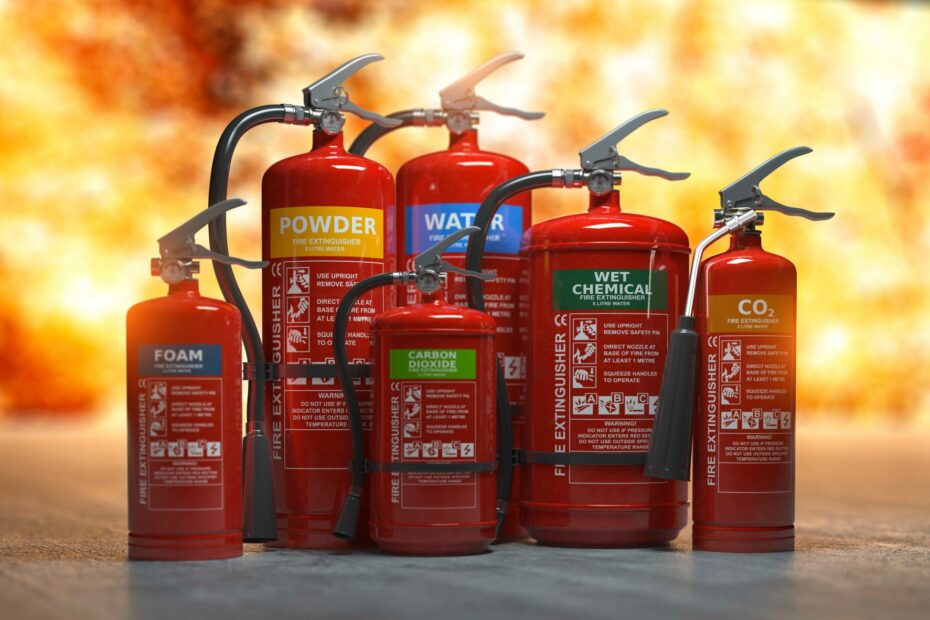Where is a Fire Extinguisher When You Need One?
Hopefully, if OSHA compliant, it’s in a place accessible to employees that have been trained to use it. Fire extinguishers can be an efficient way to prevent a large fire from breaking out when used correctly. A fire extinguisher is an active fire protection device used to extinguish or control small fires, often in emergency situations. It is not intended for use on an out-of-control fire, such as one which has reached the ceiling, endangers the user (i.e., no escape route, smoke, explosion hazard, etc.), or otherwise requires the expertise of a fire department. Typically, a fire extinguisher consists of a hand-held cylindrical pressure vessel containing an agent which can be discharged to extinguish a fire. Fire extinguishers manufactured with non-cylindrical pressure vessels also exist but are less common.





